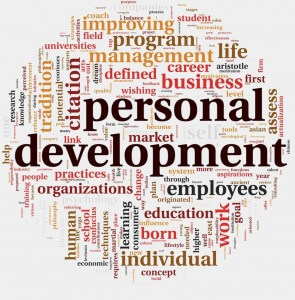Don’t believe me? It’s basic critical thinking. I look around the internet and people are always asking how do you do this or that, what are the steps? Sometimes I smile and say, “If I tell all my secrets…” Actually, I have Mary Ellen Guffey to thank for her article, Five Steps to Better Critical-Thinking, Problem-Solving, and Decision-Making Skills from 1998. I’m just going to borrow her title points and we can try to fill in the blanks with training points.
- Identify and clarify the problem.
- Gather information.
- Evaluate the evidence.
- Consider alternatives and implications.
- Choose and implement the best alternative.
At the university where I teach, we start the students off with critical thinking; the logic is to get the students not to just absorb material but to think about it and use it–not unlike training reasoning. I routinely refer to this as creative thinking because even though it appears dry on the surface, digging deeper, brainstorming, exploring, and playing what if are essentially creative tools.
Let’s put this in training terms now.
- First, we want to know if the problem is real or perceived, and the age-old training question: we want to identify that the problem a company has is indeed due to a lack of training. As you know some problems are not training problems at all, but organizational. I, for one, don’t like to do business with anyone who would take a job from me and do work that didn’t need to be done in the first place. So, we find out the extent of the problem and research the company to “clarify” the nature of that problem.
- Next, we will gather information to evaluate the nature of the evidence (the causes, pinpointing the need that we have determined that needs to be addressed to help us determine what kind of training could be beneficial to resolve the issues
- Evaluating the evidence for us means looking at all the factors that affect training an organization: size, level, method, and balance against possible solutions to the problems at hand. Not only that but here we are looking for spoilers: misinformation, office politics, rigged statistics, etc. We need to ferret out the truth.
- All the while we are looking at alternatives to training and different kinds of training, and even if we are the right trainers for the job, as well as the implications our training may have in the short and long term. We must take into account cost factors as well as methods. We are scrutinizing ourselves just as must as we have scrutinized the problem.
- Decision time. It would seem now we have enough material to deal with, and that’s just from the company level; there is also the hands-on training to consider that comes next and to consider ways to monitor it in the future to see if the training lasts or needs refreshers.
So, there you have it. Five steps analyzing training needs and solutions. It’s not as hard as it sounds. These are things you may be doing without thinking. Now you know what to call them: critical thinking about… or if you want to be different creative thinking about…, which is my choice. If you aren’t doing this already, maybe you should. It’s basic creative thinking. By the way, Mary Ellen Guffey is a business communicator with several books. I’ve heard there are striking similarities between good trainers and good communicators. Here’s another link you may find helpful in your search for connections: Using Design Method for Problem-Solving.
Short one for me this time.
By the way, if you are looking for a good, how-to on doing a basic needs assessment, here’s a good place (besides our Training Library) to start: http://www.dirjournal.com/guides/how-to-conduct-a-training-needs-analysis/
For more resources about training, see the Training library.
I do have a website where you can find other items I have written. For more information on my peculiar take on training, check out my best-selling The Cave Man Guide To Training and Development, and for a look at a world that truly needs a reality check, see my novel about the near future, Harry’s Reality! Meanwhile, Happy Training.
 Sections of this topic
Sections of this topic















